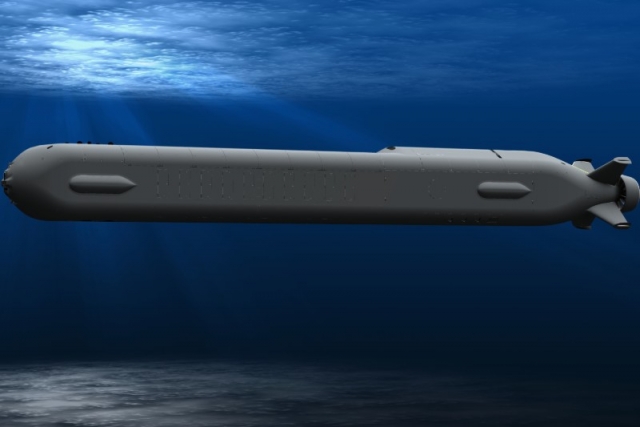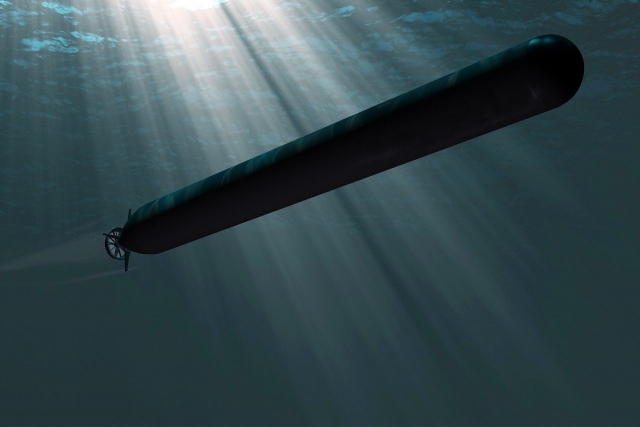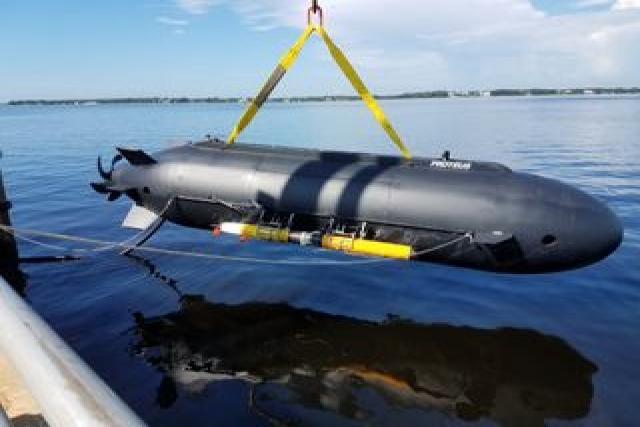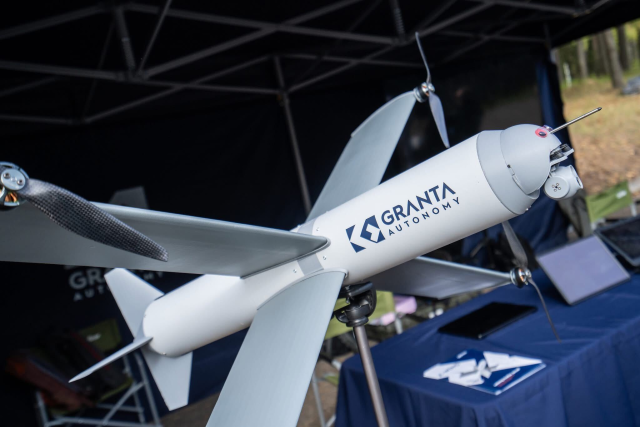Boeing-HII Orca XLUUV Submersible to Enter Trials

The U.S. Navy’s first-ever Orca Extra Large Unmanned Undersea Vehicle (XLUUV) prototype will soon undergo sea trials.
Orca was built by Boeing and Huntington Ingalls Industries (HII). The $274 million Orca project was awarded to Boeing in February 2019 that includes the fabrication, testing, and delivery of five such drone submarines.
On May 6, the U.S. Navy’s Naval Sea Systems Command (NAVSEA) posted images on its official Facebook account of the submarine christening and first in-water test conducted on April 28.
According to NAVSEA, the unveiling of the Orca marked an important milestone in its efforts to further develop reliable undersea capabilities.
The service explained that the development of a test asset system will also play a critical role in the production and future performance of the submarine.
Based on Boeing’s 51-foot Echo Voyager, the Orca is designed to conduct mine countermeasures, anti-submarine warfare, anti-surface warfare, and electronic warfare (EW) missions. It has a top speed of eight knots (14.8 kmph) and a maximum range of 6,500 nautical miles (12,038 km).
The Orca is intended to be an open architecture, reconfigurable unmanned underwater vehicle that has at its core tools for sailors to maintain guidance and control, navigation, autonomy, situational awareness, core communications, power distribution, energy and power, propulsion and maneuvering, and mission sensors.












